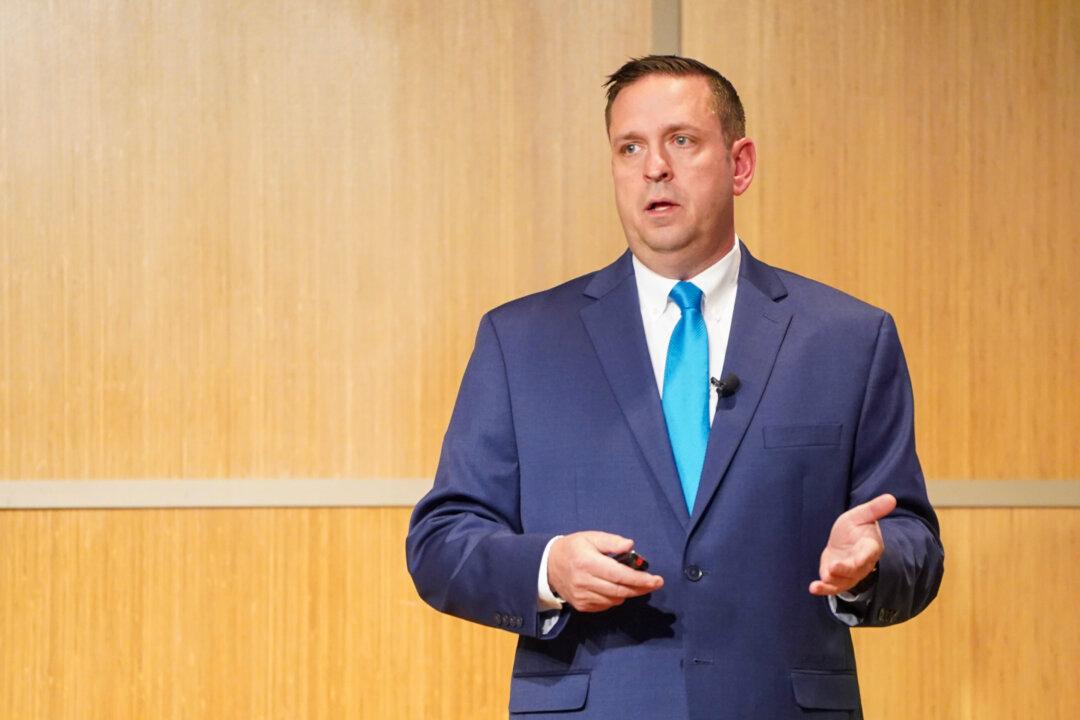CHICAGO—Following Chicago’s most violent weekend of the year, the chief judge of the Circuit Court of Cook County has defended his bail reform policy, saying it didn’t contribute to the city’s continued crime wave.
During the Fourth of July weekend—between midnight on July 2 and the early morning of July 6—22 people were killed and 91 were injured. So far, the city has seen 380 homicides in 2021, slightly higher than the same period in 2020—the pandemic year that saw a sharp murder surge in Chicago and other U.S. cities.





